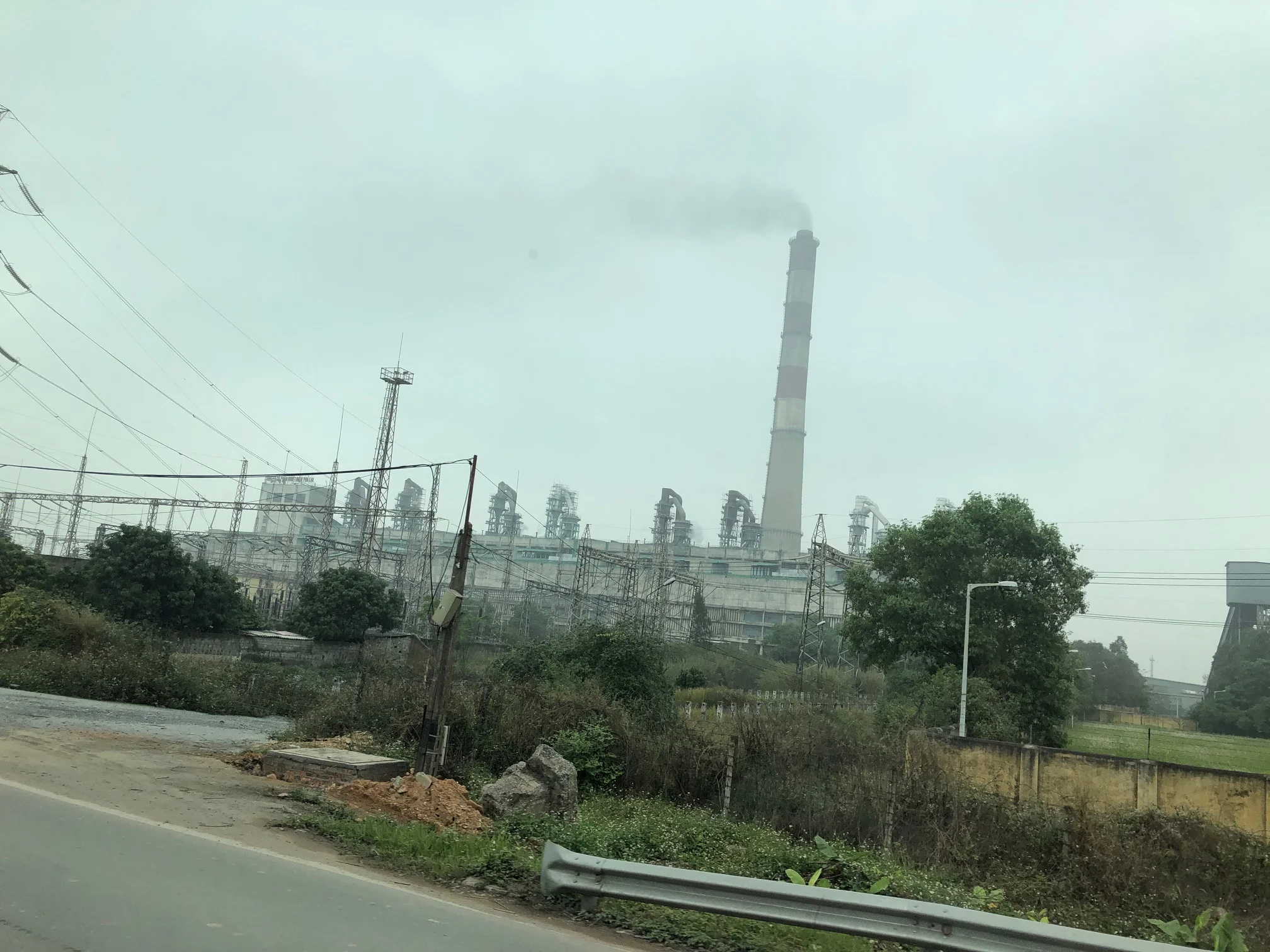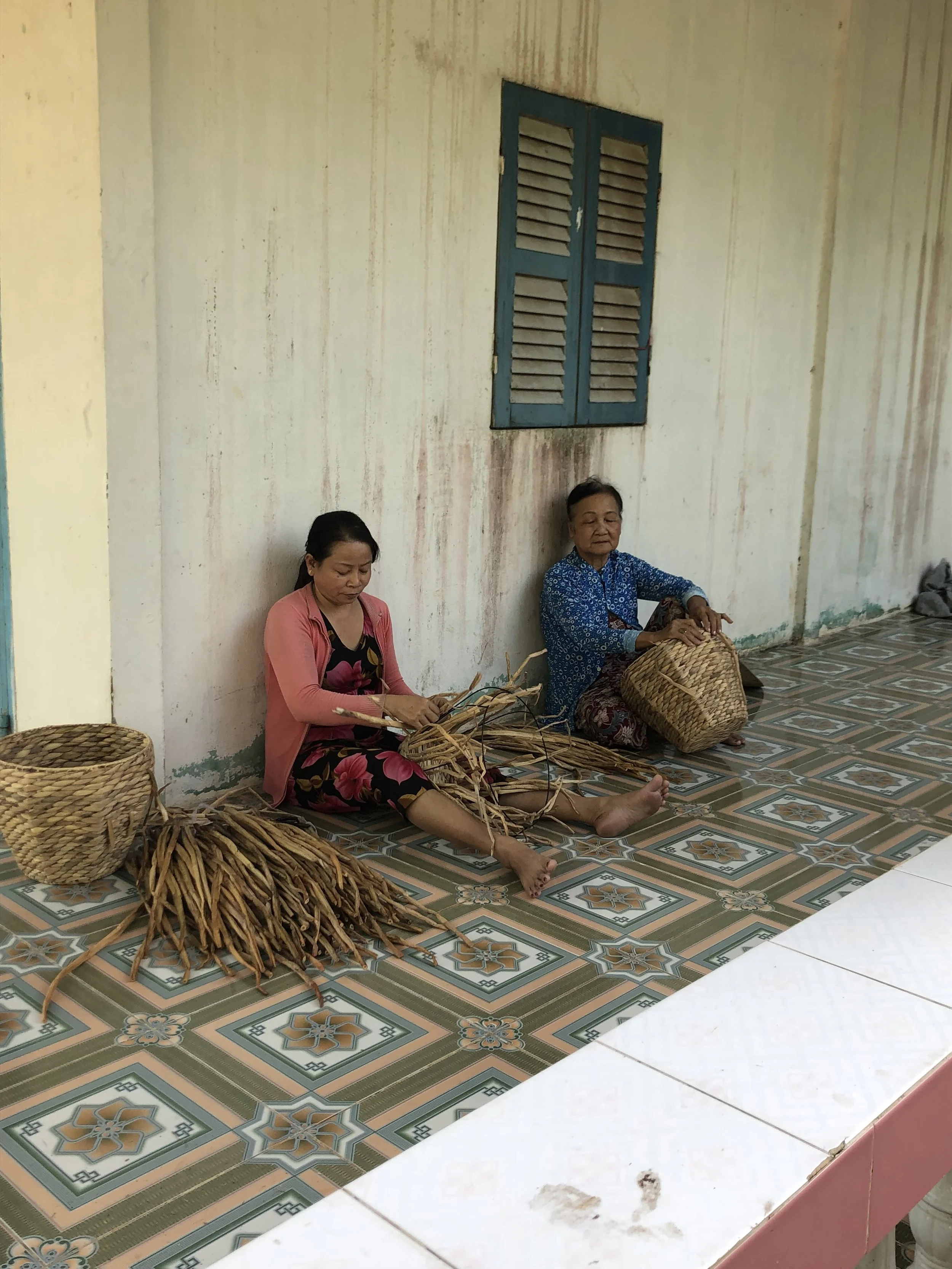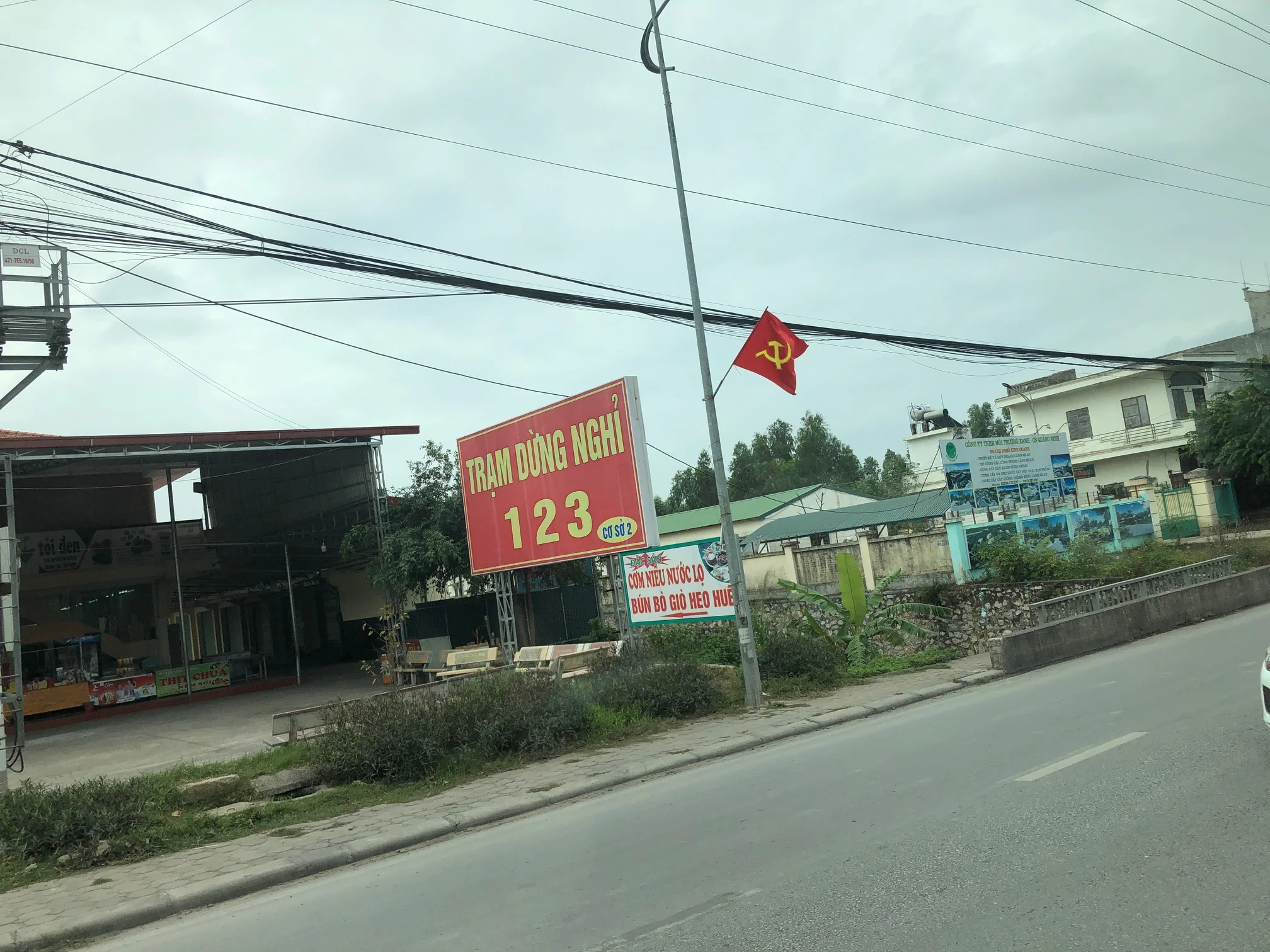Report From Việt Nam -- Part VI
/While Mrs. MC has been busy taking beautiful and artistic pictures on our trip (follow her at DenieDM on Instagram), I’m making it my business to get a few pictures of things you will not see elsewhere. I don’t do Instagram or Facebook, so why not post a few of these here?
For example, you are probably dying to see what Việt Nam’s electricity infrastructure looks like. We were told that about 25% of the people in the country continue to lack access to electricity; but those 25% are located mostly in remote and mountainous areas. In the cities, and also small villages in the Mekong delta, electricity service was generally available, although many small homes in the villages did not appear to be hooked up to it. But even in the major cities the system looked like it was put together with chewing gum and duct tape. . . .
Read More

